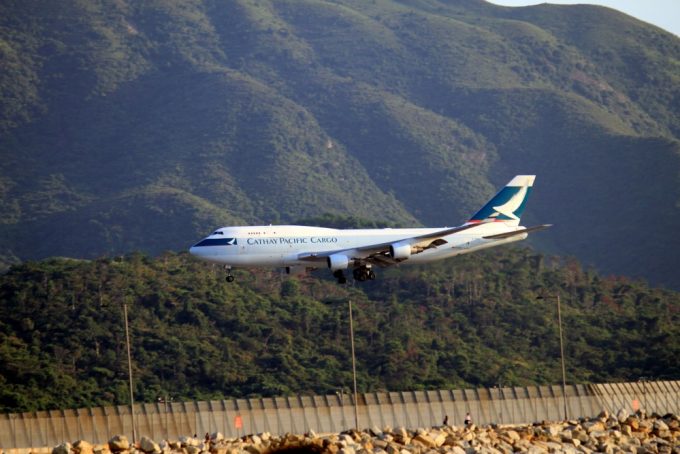For forwarders, 'a hot Q4' will be all about controlling air cargo capacity
“Capacity is going to be king for the rest of 2024.” That’s the word from forwarders ...

The low fuel prices seen since mid-2014 are not necessarily helping air cargo carriers, owing to hedging positions and consequent low rates from competitors.
“From a market perspective, low prices should be a good thing because fuel is such a large part of the operating costs. But from the point of view of Cathay Pacific, it hasn’t really helped us because of our hedging position,” Mark Sutch, Cathay Pacific Airways general manager for cargo, told delegates at Cargo Facts Asia.
“The other thing it’s doing is creating less discipline in capacity management,” he added.
“We’ve done some sensitivity analysis on transpacific routes, and I get miffed when I see some of the rates freight forwarders are getting from the competition.”
AirBridge Cargo’s vice-president, Asia Joanna Li, added: “It drives carriers to be more aggressive with pricing, as costs are much lower. But it also opens up new opportunities, as we’re now able to fly long-haul routes we couldn’t afford previously.”
Low fuel costs have also allowed some carriers to use less fuel-efficient aircraft, exacerbating the problems in a market already flooded with capacity and weak demand.
Mr Sutch said: “Is this the new normal? I think it is, and it’s driven by passenger demand and the efficiency of the aircraft that Boeing and Airbus are producing in terms of carrying cargo.
“About 80% of the capacity we see coming in is belly capacity. There’s a massive shift in efficiency of capacity and that’s going to drive some long-term trends.”
Cathay’s cargo capacity is now split equally between 23 747 freighters and its passenger fleet. Mr Sutch said Cathay remained committed to freighters and that a huge amount of its capacity was on transpacific routes from China to the US and Mexico.
Atlas Air vice-president Chung Mak said that being quick to adapt to market conditions was key for freighter operators.
“The industry is changing with the influx of passenger flights with belly capacity. Growing capacity creates challenges for freighters, but we’re committed. We just need to work smart. The world is changing and we need to change with it.”
Ms Li said that although AirBridgeCargo accepted that industry growth would most likely be slow, individual markets would still provide opportunities.
“As a company we base our business on this presumption. But we should not generalise, as everywhere there is different variations between tradelanes, countries and markets. The important thing is how we manage the different markets and how we manage the networks to have our own growth.”
Charles Kaufmann, chief executive North Asia for DHL Global Forwarding, said: “We definitely shouldn’t generalise. From a forwarder’s point of view, we see perishables and fashion with very good growth.
“But what we definitely have is more capacity. It’s great because we have more flights, with more frequency.
“China, with 6.5% GDP growth, is still a very good market. And in intra-Asia we see positive growth. However, we also see some near-shoring and some customers who want to switch certain products to ocean freight- even with very-slow-steaming.”
Comment on this article